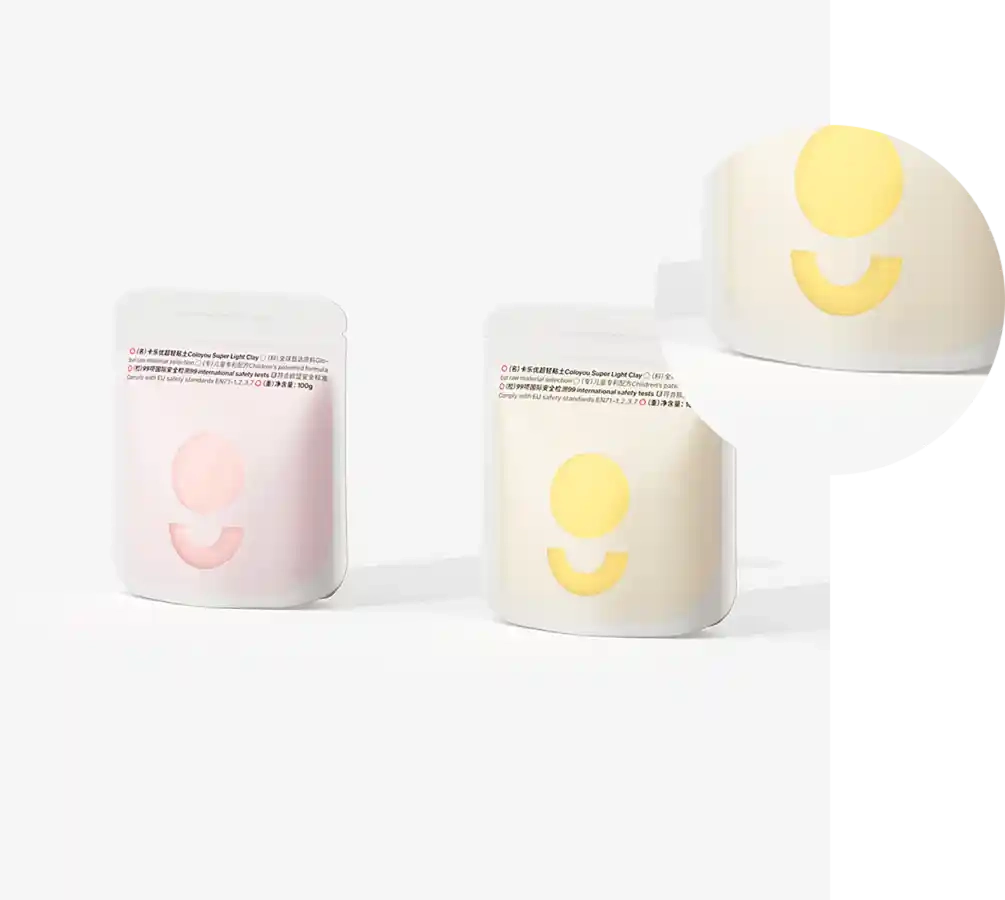Differences Between Embossing and Debossing Techniques for Custom Designs
Embossing vs. Debossing Understanding Two Distinct Techniques in Print Design
When it comes to print design and packaging, two popular techniques stand out embossing and debossing. Though they may seem similar at first glance, these two methods offer different aesthetics and can drastically influence the appeal of a product or piece of printed material. In this article, we will delve into the definitions, processes, advantages, and applications of embossing and debossing.
Defining Embossing and Debossing
Embossing is a technique that raises a design or text above the surface of the material, creating a three-dimensional effect. This is achieved by using heat and pressure to shape a material, typically paper or cardstock, resulting in a tactile and visually striking appearance.
Conversely, debossing is the opposite process. It involves creating an impression by pressing a design or text into the surface of the material, causing it to sunken below the surrounding area. Like embossing, debossing also utilizes heat and pressure, but the outcome is a recessed design that provides a different tactile experience.
The Processes
The core methods of both embossing and debossing involve the use of custom-made metal dies. For embossing, the die is raised in the area where the design will appear, while the debossing die has a recessed area. The chosen substrate—usually paper or leather—is placed between these dies and subjected to significant pressure, often accompanied by heat to aid the formation.
embossing vs debossing

The machinery used for both processes can range from simple hand-operated presses for small projects to sophisticated digital machines for larger-scale production. The level of customization with both techniques allows for intricate designs and details to be brought to life, making them a popular choice among designers.
Advantages and Applications
Embossing can be particularly effective for branding, as it provides a luxurious feel and enhances the overall presentation of promotional materials. It is commonly used on business cards, book covers, and high-end packaging, as the raised elements have a visual depth that captures attention and invites touch.
Debossing, on the other hand, offers a more understated elegance. It achieves a subtle texture that can be both modern and classic, making it a favored technique for products that aim for a minimalist aesthetic. Debossing is ideal for use in letterpress printing, stationery, and product packaging where sophistication without excessive flourishes is desired.
Both techniques bring an added dimension to design, enhancing tactile and visual engagement. However, the choice between embossing and debossing ultimately depends on the desired effect and branding goals of the product. If a strong, bold impression is needed, embossing may be preferred. Conversely, if subtlety and sophistication are the aims, debossing may be the better option.
Conclusion
In conclusion, embossing and debossing are two valuable techniques in print design that serve distinct purposes. Each method adds unique visual and tactile qualities to printed materials, allowing designers to craft products that resonate with their intended audiences. By understanding the differences between embossing and debossing, businesses and designers can make informed decisions that enhance their branding and create memorable experiences for their customers. Whether opting for the raised elegance of embossing or the understated sophistication of debossing, both techniques are powerful tools in the realm of print design.













